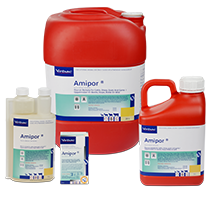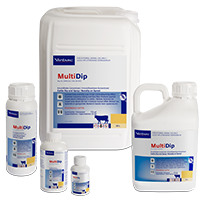
Bont Tick - Amblyomma hebraeum
Amblyomma hebraeum are known as the Bont tick because of their brightly coloured pattern on the scutum and banded legs. Bont ticks are large ticks with long mouthparts
Life Cycle:
The Bont tick is a three host tick which means the larvae, nymph and adult stages attach each onto different animals. The life cycle can be completed within 1 year in optimum conditions but in less favorable conditions it can stretch over a 3 year period.
The female ticks lay 18 000 eggs. The eggs can take up to 5 months to hatch into larvae, the first active stage. The larval stage attaches to the host , feeds for 7 - 14 days before they moult to the next stage (nymphal stage).
After moulting Nymphs may remain inactive for some months, when they attach to a host they feed for 7-14 days. Thereafter they will drop off the host as engorged nymphs to moult into adult ticks.
The adults will then attach to their prefered hosts and feed for about 7-9 days, drop off and start with egg laying.
Attachment site:
-
Adult Bont ticks attach in clusters on the hairless parts of the body underline, the groin, axillae, dewlap, belly and also the perineum and peri-anal region.
-
Nymphs attach on the feet, legs, groin and neck.
-
Larvae attach on the feet, legs, muzzle and on the head.
Disease transmission
The Bont tick is the vector for Heartwater. Transmission is transstadially or stage to stage which means the infection is picked up by the larvae or nymphs when feeding on an infected animal and then transmitted to a susceptible host by the subsequent nymphal and adult stages in the tick life cycle.
The Bont tick also transmits the protozoan which causes benign theileriosis in cattle and Rickettsia conori an Rickettsia africae, the cause of tick-bite fever in humans.
The bites inflicted with its long mouthparts are severe , heavy infestations cause wounds which may develop secondary bacterial infection. Sometimes the wounds become infested with maggots of the cattle blowfly.
Control
Bont ticks occur throughout the year. Dip animals strategically and frequently to reduce tick challenges. Spot treatment can be used by only spraying tick “attachment site” areas.
In peak seasons dipping intervals need to be increased to reduce tick numbers. Always remember to use the 5,5,4 day dipping interval strategy when tick challenges are very high. Amipor pour-on/ MultiDip can be used to control Bont ticks.


